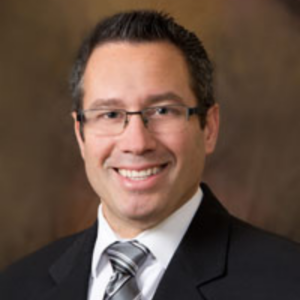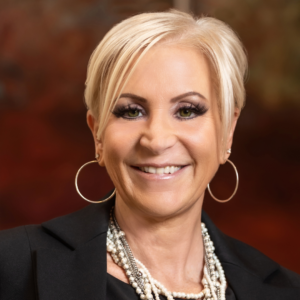How to keep your national branding campaign local
A large senior living provider recently made headlines because of census challenges and the resulting financial performance. During the past two years, frequent articles appeared in the trade journals describing their “national branding strategy” and centralized tactics like call centers that would revolutionize how senior services were marketed. Unfortunately, the provider forgot one important axiom: Decisions about senior services are made locally.
Demand and availability
There are several practical reasons why national branding doesn’t work (yet) in our industry and why the money invested in national branding campaigns often is wasted:
Demand for the product: The demand for the variety of senior services available is tiny compared to that of automobiles, for example. According to US Census Bureau data, 91 percent of households have at least one car, and more than half have at least two cars. Yet, more than 90 percent still plan to purchase another vehicle in the near future.
Conversely, only 21 percent of households in the United States are caring for someone, according to the Centers for Disease Control and Prevention.
Think about this disparity from a marketing standpoint of view. Nearly 80 percent of viewers who see a senior services national branding ad on TV will tune it out automatically because it doesn’t pertain to them or their personal circumstances.
Lack of product uniformity: If you walk into any Chevrolet dealership in the United States, you can buy any model and tailor it to your exact specifications, no matter what city you are in.
Most of the largest senior living providers have grown through organic development, mergers and acquisitions, creating organizations with multiple service offerings, a variety of community designs, and a range of price points, services and amenities. Usually all of these options are not available for every consumer in every market.
Do not misunderstand my message: The multiple options are positive for the consumer, but they create challenges in advertising effectiveness and messaging.
Lack of geographic reach: Chevrolet has approximately 3,100 dealerships. I am confident that no, matter what part of the country you live in, you can close your eyes and visualize the local car dealerships. “Local” could mean a two-hour drive, but that inconvenience is fine for something you purchase every four to 10 years.
In senior living, each market is unique. A single provider’s coverage varies dramatically across different geographies, from the extensive to non-existent. As a result, consumers may not be able to access the services they want, need or can afford as they would have expect to when responding to an advertisement from a national branding campaign.
Localized Branding Campaign (LBC)
The answer is a Localized Branding Campaign, which takes a community’s message to the local market and enables a community to adapt its sales and marketing strategy to local market conditions and the community’s relative competitive position (price, services, amenities, quality of care, marketing tools, and other factors).
An LBC can include:
Advertising: Local print, radio, TV and direct mail designed to promote individual or clusters of communities in a market. The automotive industry encourages dealers to advertise through a Local Marketing Association, brand themselves locally, develop promotional relationships with local sports teams and celebrities and host special events to drive traffic to their dealerships, all while maintaining their local brand’s integrity and alignment with the international brand’s.
Public Relations: PR is critical to creating a positive reputation for the community in the market. Great thing about PR, it’s free.
Special Events: Local special events targeting prospective residents and/or their caregivers, held either in the community or outside the community at locations where prospects congregate. I have received feedback from colleagues working at the national brands where the assumption is these events don’t work because everyone is doing them. I am not sure why then my clients are having success (and some failures) with special events and we encourage our clients to schedule at least 1 event per quarter.
Website and social media: Effective websites and social media applications show the culture, events, staff and unique attributes. Using these tools effectively can motivate pre-prospects (individuals who had not yet inquired) and encourage prospects to remain emotionally connected to the community during the decision-making process.

Luke Fannon is founder and CEO of Premier Coaching & Training, Unionville, Pa., which provides sales training, marketing team coaching and strategic consulting services to providers in the long-term care industry. For more information, visit www.pctmarketing.com.
Related Articles
Topics: Business Marketing Including Social Media and CRM , Executive Leadership











